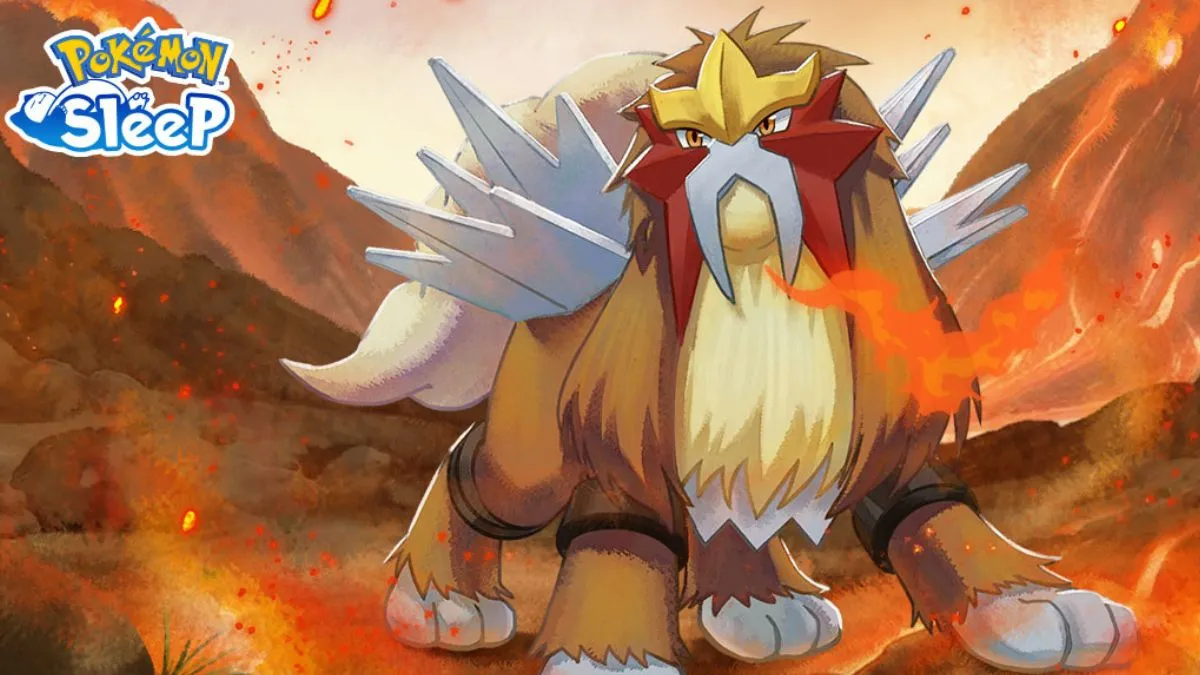It turns out that Atari had it right all along: asteroids in real life break up much like they do in the classic video game.
Asteroids! Take control of a wedge-shaped starfighter, fly into the midst of a swarm of gigantic space-rocks and blast them to pieces! The reality may not be quite as exciting as that sounds, but at least one part of that great old game is closer to real-life than you might think.
Asteroids was released in 1979 but it’s only recently that scientists learned that asteroids do in fact break up in more or less the same way that they do in the game. Last year, astronomers at UCLA first noticed a “fuzzy” object picked up by the Catalina telescope array and the Pan-Starrs telescope; a closer examination using the Keck telescopes in Hawaii revealed what appeared to be three objects moving together in a cloud of dust of roughly the same diameter as Earth.
From there, the team switched to the Hubble telescope, which allowed them to see ten “mini asteroids” within the dust cloud, the largest of which was roughly twice the size of a football field. That ultimately led to the theory that the asteroid, dubbed P/2013 R3, began breaking up in early 2013 and continues to be torn apart, according to Professor David Jewitt of UCLA’s Department of Earth, Planetary and Space Sciences, by something called “YORP [Yarkovsky-O’Keefe-Radzievskii-Paddack] torque.”
“Light is made of photons and photons carry momentum. Not very much, but a finite amount,” he told CNET’s Crave. “When an asteroid radiates away the heat it receives from the sun, it tends to do so asymmetrically… because the day-side is hot and radiates much more heat than the cold night-side. This results in a net reaction force on the asteroid just like throwing a sack of coal forwards would tend to knock you backwards.”
That force causes a spin, and the spin causes the asteroid to break up. It’s not something that happens very quickly, but then again, these things are all relative. “For R3, the time is probably 100,000 or even a million years – it’s actually impossible to calculate without knowing the exact size and shape and surface nature of the asteroid,” he said. “But that is short compared to the age of the solar system, so YORP can still be effective.”
Not as effective as a triangular space fighter, perhaps, but still pretty cool.
Source: CNET



